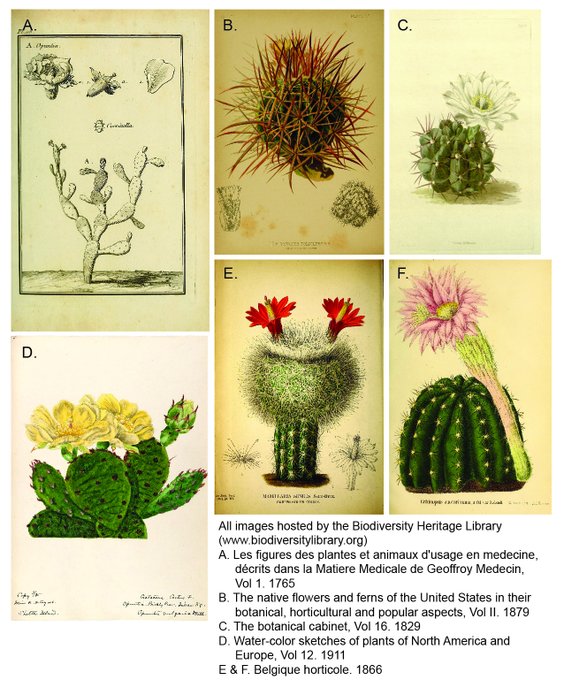disrespect she received from the male dominated, scientific world might be what influenced her to write a tale about a rebellious little rabbit. While few people can recall what works from the London's Linnean Society survived, almost everyone knows who Peter Rabbit is. (5/5)
folds on the Auricularia auricula-judae (above). Compare with the bold lines she uses later to draw Peter Rabbit. She incorporates more whimsical stylistic features, conveying motion and using birds to mirror Peter Rabbit's expressions. Some historians have speculated the (4/5)
Despite the shared common name true ginger (Zingiber officinale) is in the Zingiberaceae (ginger family). Members of the Aristolochiaceae have been used historically for medicinal purposes but we know now that they contain aristolochic acids, which are carcinogenic & nephrotoxic.
FINALLY another #FamilyoftheWeek! This time we’ll be exploring the Cactaceae (cactus family).🌵These are eudicots with spines (highly modified leaves) & many have the iconic fleshy photosynthetic stems (specifically subfamilies Cactoideae & Opuntioideae). #botany @BioDivLibrary
#MushroomsandArtHistory: John James Audubon was likely the most famous ornithologist who has ever lived. Here is his 1831 lithograph of the buff-bellied piper (Anthus rubescens), then titled as “The Brown Titlark”. The species' diet primarily consists of arthropods, (1/2)
#DYK #Cypripedium reginae (Showy Lady’s Slipper) is one of Tennessee’s rarest and most critically imperiled plants? It is #threatened by #horticultural collectors, as it has low seed germination rates and slow #flower maturation, making it very vulnerable to #illegal picking














